I have lots and lots of posts, all backing up that I will be writing soon, including a very stern and scientifically rigorous investigation into what is the best breakfast to have in a hotel room, a review of some USA Pro sports kits and some personal wibbles about how rubbish I am, as ever. But in the mean time a few weeks ago I was invited to attend a foraging course, I could not go as I had Roller Derby, but it seemed like the sort of thing Mr Chick would LOVE, so I bundled him onto a train at 6:30 am and packed him off to learn about healthy plants. What follows is his report of the day.
I was very excited to be offered the chance to attend a foraging course in Abbey Wood in London.
The name Abbey Wood summons up pictures of dappled sunlight shining through the branches of ancient trees and onto the noble ruins of a long forgotten place of worship.
This is Abbey Wood.

I was unsure what sort of thing we would be foraging in such surroundings, but only three minutes walk away and we were at Abbey Wood Caravan Site. Much more like it.
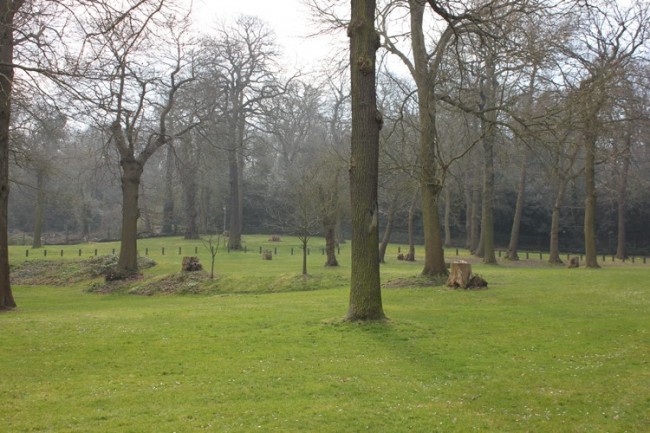
We were introduced to Monica Wilde who would be our foraging guide for the day. Monica had an interesting childhood growing up all over the world and learning her foraging skills from the locals. She now runs Napiers the herbal medicine distribution company while also running foraging courses around the country. Monica’s interests are not only with the nutritional value of wild foods but also their medicinal properties. As Monica argues, really they are both the same thing, we ingest things and they have an affect on our bodies, whether that be a burger or an aspirin.
We then set off from the campsite to a nearby park to see what we could find. Before we had left the park we had discovered about ten plants we could eat! Rather than just having plants pointed out to us we were given a constant flow of information, anecdotes and suggestions which were all fascinating.
I am not going to try to re-create the day and turn this into an instruction manual. Instead, I thought I would list some of the more interesting points that came up and then show you a few photos.
Please note there is every chance I misheard the plant name or confused toxic with non-toxic so do not take the following as fact, look up the details first, or try them out on your least favourite relative.
- Daisies: pick a daisy and it’s head will close up. Then add to soup just before serving and they will open up before your eyes. They are completely edible.
- Nettles: Can be cooked just like spinach. Drinking nettle tea in early Spring will stimulate you to produce anti-histamine meaning that you will be less likely to suffer from hayfever later in the year. Dried nettle seeds taste EXACTLY like poppy seeds (we tried this and it is true)
- It is better to eat leaves that have grown in shade as they will be more lush
- Try to forage in the same area’s throughout the year, that way you will be able to recognise how the plants develop and find them when you need them
- Do not confuse common hogweed and giant hogweed. The shoots of common hogweed fried in a little butter are delicious but the leaves of giant hogweed will make your skin photosensitive for a number of years, meaning you will burn in the sun.
- A teaspoon of carrot a day for three days after having sex will stop the woman from conceiving. (editors note: I don’t mean to sound sceptical, but please don’t try this, and if you do, don’t blame me)
- The budding leaves of brambles taste just like coconut when they are chewed for a couple of minutes. Tested and confirmed!
- Ginger stops nausea. That is way ships biscuits were often ginger flavoured.
- Seaweed can be used as a replacement for salt. It is far healthier and supplies iodine. Studies have shown that it can take decades for the symptoms of iodine deficiency to be seen and as they are poor skin, poor hair and lack of energy it is often just thought of as ‘getting old’ rather than a dietary problem.
- Elderflower extract reduces the chance of catching flu by two thirds and reduces the symptoms if you do catch it by two thirds also.
- Meadowsweet flowers were used to make mead and medicines by neolithic man. Early experiments on aspirin production also used meadowsweet flowers.
- Birch sap can be tapped to produce an alternative to sugar which can be used to sweeten foods without increasing blood glucose levels.
- And much much more… (I have about 2000 words in notes).
Here are some pictures…
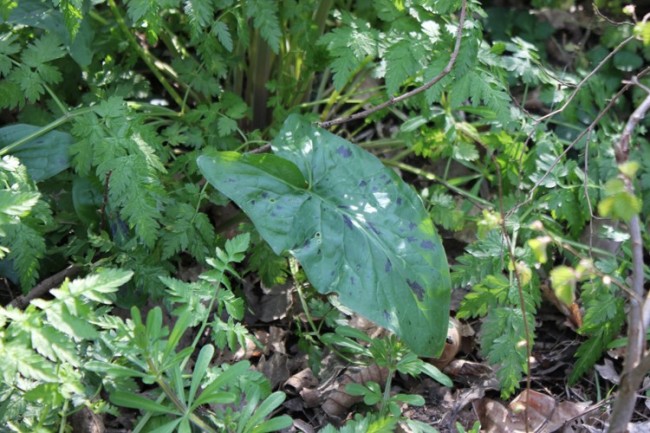
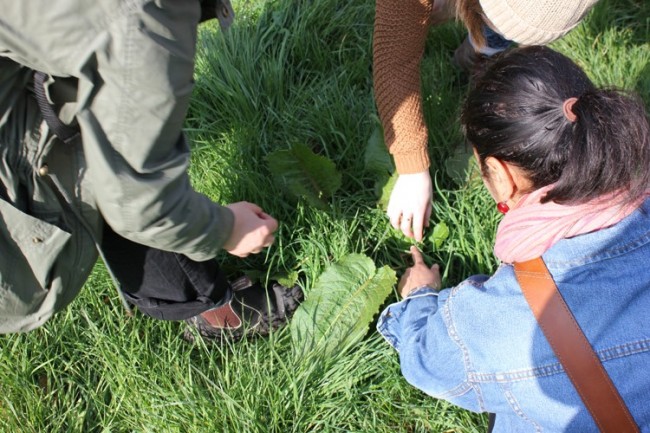
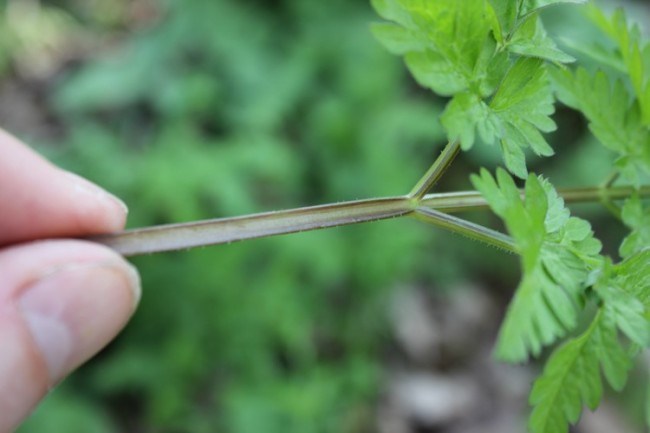
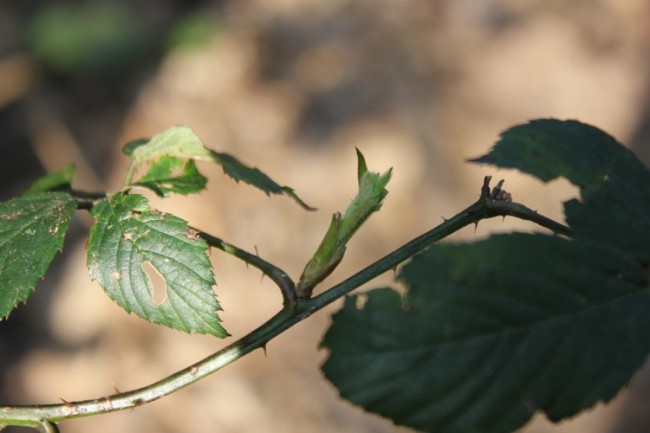
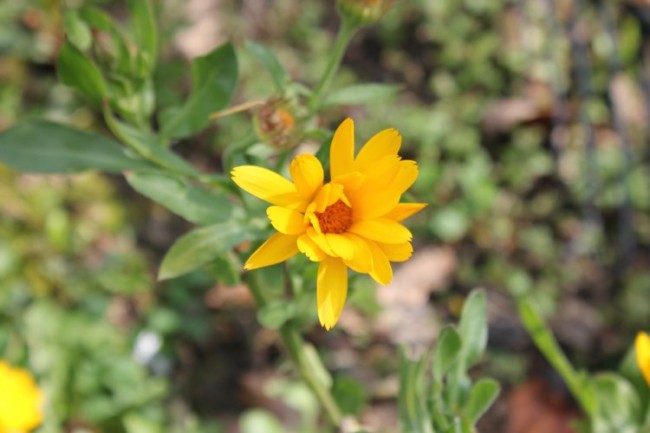
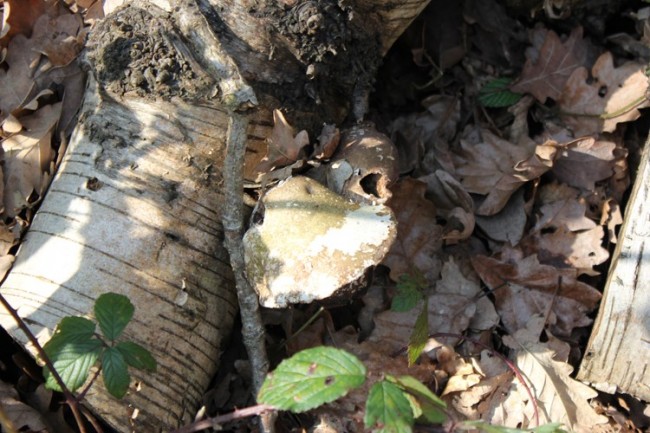
We were also sent home with a rather lovely goodie bag of Napiers products. The hand and foot cream are a winner so far!
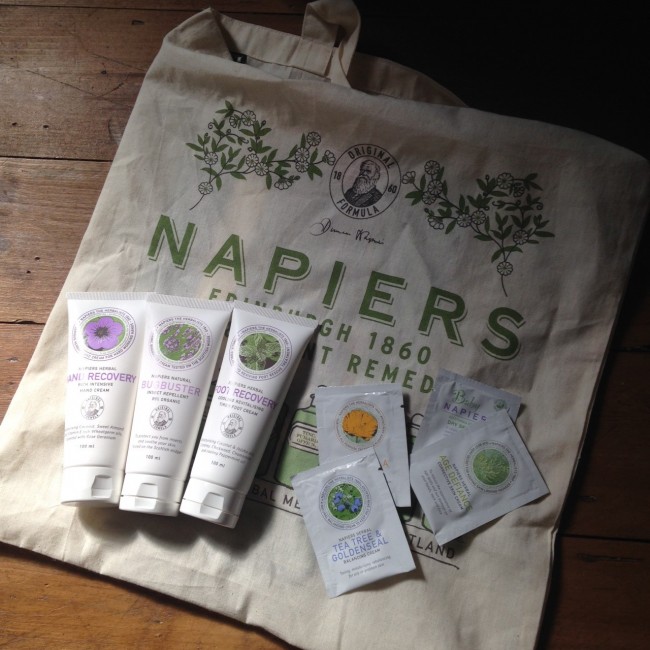
I’ve always been interested in the idea of self-sufficiency, heavily tempered by the knowledge that we live in a world with far too high a population for us to entirely feed ourselves from the wild. Until the zombie apocalypse thins us out a bit foraging for food will remain the main source of food for just a few people lucky enough to have the time to spend finding it. I have however, discovered that it can be a fun way to supplement your diet and also to source medicines for minor afflictions.

I went on a fungi foraging day at Hampstead Heath which was brilliant fun but the guy did say that you can’t just go and forage anywhere, in some places it is against the law. We were only able to in Hampstead because he had a license too, so it is worth checking that it’s something you can do in your area!
I had a quick search and I believe its legal as long as its for personal use, but some places have byelaws, but if they do they should put signs up!
This sounds like such an interesting day out! Also, I’m totally with you on the ‘backlog of posts to write up’ front, that’s my weekend plan…
Sophie
http://what-sophie-said.blogspot.co.uk/
xxx
So glad Mr Chick enjoyed the day out. PS: It was wild carrot seed that works as a contraceptive, not just plain ol’ supermarket carrots! Life changing difference 🙂 Here is a link to a small scale study http://www.sisterzeus.com/QALrobinbennett.pdf
Thank you! I will take a look!